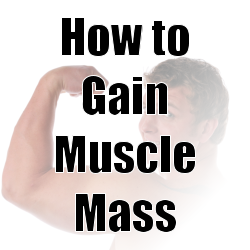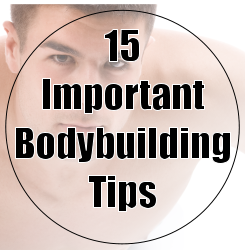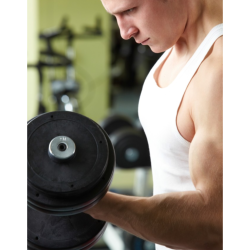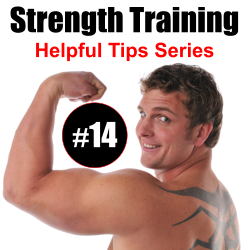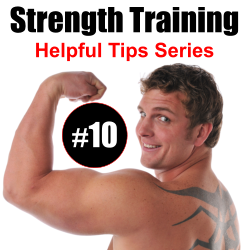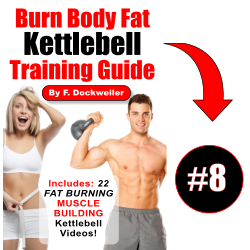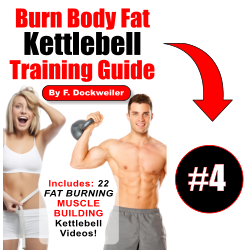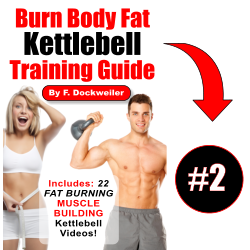When you go online, you’ll probably realize right away that there are millions of websites dedicated to diets. Most diets are about losing weight, others focus on health, and there are even diets for ethical or religious reasons. But if you want to build muscle, you also need the right muscle building diet.
Of course, the “right” diet is open for debate, because many experts have different opinions. What is obvious is that a specific diet needs to be customized to your requirements and circumstances. While a nutritionist can probably help you out, there are some things which you can do yourself when you are looking for the right muscle building diet for you.
A Good Muscle Building Diet Requires Monitoring Your Calories
The first thing you’ll need to do is to figure out how many calories you need per day. For that, you can go online and use a calorie calculator. This calculator estimates the minimum number of calories you need to consume.
If your aim is to lose weight, then you’ll need to eat less than what your body uses up. But if your goal is to pack on more muscle mass, then you may have to consume more calories than what you burn.
You can start by consuming about 20 calories for each pound of body weight if you want to gain weight. After a month or so, you can change this if you’re not gaining weight or if the weight gain is too much.
Now, this means you need to do some research on how many calories each meal will have. Canned and packaged foods have this info on the label and there are also many guides online for calorie content of common food items. Just track the number of calories you consume each day, so you can tweak your muscle building diet accordingly.
Plan on Eating Smaller Meals More Often
Now figure how many calories you need per meal. You should plan on eating 6 small meals a day, instead of three large ones. It’s easy; just take your normal meal and divide it in two, and then eat the other half three hours later. Eating six small meals means you won’t get hungry often because your food intake is spaced out.
Tracking Your “Muscle Building” Protein Intake
Next, track your protein intake. This is just as important as your calorie intake, because protein and amino acids are the building blocks for muscle growth. If your protein intake is insufficient, you won’t be able to grow as much muscle you want.
While some top-level bodybuilding athletes do is gobble up massive amounts of protein, for you it will be different. You can start by taking about a gram of protein for each pound of body weight, although you can go up to 1.5 grams per pound.
Carbs are a Necessary Part of Your Muscle Building Diet
Get enough carbs. Some people forget about carbs and concentrate on protein when building muscle, and then later on they complain why they’re not getting bigger and stronger. What they don’t realize is that carbs should be where most of your calories are coming from.
You can start by consuming about 2 grams per pound of body weight. Some may suggest as much as 3 grams per pound, but it’s a better idea to start low. You can always just increase the carb consumption if when you don’t gain muscle mass after a month.
Generally, you should opt for slow-burning carbs to raise your glycogen levels, which boosts your stored energy. Examples of these include oatmeal and quinoa.
For breakfast and for your post-workout meals, you should switch to starchy simple carbs. These raise your insulin levels, which helps you absorb nutrients more efficiently. You can also choose quick-burning carbs to replace your oatmeal or quinoa if you find it difficult to gain mass.
Fats are an Important Part of Your Muscle Building Diet
Don’t forget fat in your diet. This is also important if you want to build muscle. In fact, the rest of your diet should be fat after protein and carbs.
Fat has 9 calories per gram while protein and carbs have 4 calories per gram. If you weigh 200 pounds, then you may be aiming for 300 grams of protein and 400 grams of carbs, which gives you 2,800 calories. If you are aiming for 4,000 calories a day in your muscle building diet, then the rest of the 1,200 calories comes from about 133 grams of fat.
As you may have noticed, these are not hard and fast rules. Just make sure you track your food intake and monitor your gains. Then tweak your muscle building diet routine when you want to make improvements or if you’re not making any improvement. It’s as simple as that.

